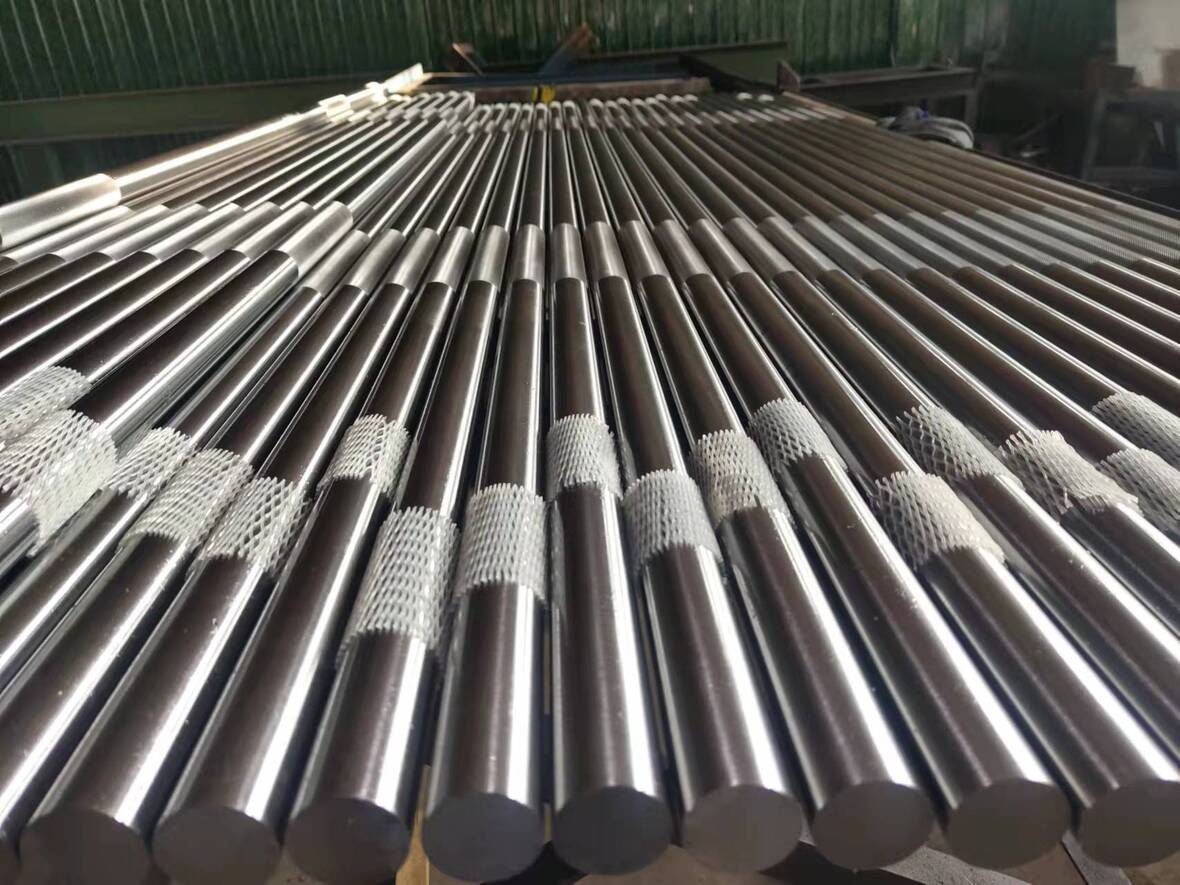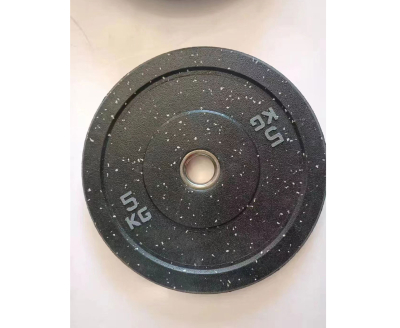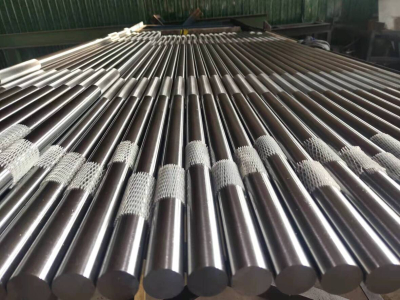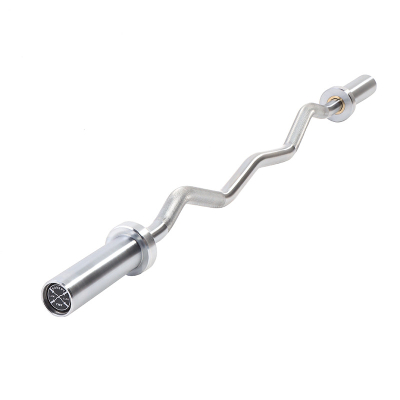Precision Bright Steel Shaft
High Precision: Advanced manufacturing ensures superior accuracy and compliance with national standards.
Wide Application: Ideal for various industries, including hydraulics, pneumatics, and packaging.
Durability: Low maintenance, high-frequency heat-treated materials for long-lasting reliability.
Optimized Performance: Precise outer diameter, high roundness, and excellent surface treatment.
Balanced Hardness: Hard outer surface for wear resistance, tough core for impact and load capacity.
Products Introduction
Precision bright steel shafts are manufactured by precision cold-drawing, fine grinding and high-precision polishing processes, and all the indicators are in line with national standards for the domestic hydraulics and pneumatics, textile, printing, light packaging, plastic machines and other machinery industries to provide precision piston rods, guide shafts, guide columns, guide rods, finished shafts products can be made of piston rods, hollow shafts, shafts, tuning and grinding rods, high-frequency quenching shafts, screw shafts and so on.
Linear optical shafts are products that enable linear motion with the guidance of a plain bearing. These linear motion systems require the following essential conditions: simple design, best execution capability, low maintenance cost, use of rigorously selected and durable materials, high-frequency heat treatment, accurate outer diameter dimensions, high roundness, high straightness, and surface treatment. Optical shafts are divided into hard and soft shafts, so what is the difference between hard and soft shafts?
In the precision optical shaft, there is usually a requirement for surface hardness, the purpose of the outer surface hardness is to improve wear resistance, the harder the hardness of the metal material, the more wear-resistant, but the core hardness of the toughness is reduced, the load capacity of the impact resistance ability to decline, so for the important requirements of the shaft: the outer hardness of the inner toughness.
Classifications
Hard shaft: hard shaft refers to the surface of high-frequency quenching, hardness is generally in the HRC30-60 or so of the linear optical shaft, can be used with linear bearings.
Soft shaft: soft shaft is the surface is not hardened treatment of linear optical shaft, generally used in transmission devices, soft shaft is not after high frequency quenching, hardness is generally about HRC25.
Chrome-plated bar: is a bar product, mainly in the silver steel branch of the surface after plating, the formation of a layer of hardness up to 50-60 chrome element of the bar, the surface of the chrome layer formed by good wear resistance, good corrosion resistance, good heat resistance, corrosion-resistant light reflective and so on. Chrome-plated bars are generally made of No. 45 steel and 40Cr steel, and generally speaking, different materials have different roles in chrome-plated bars. For example, the mechanical properties of No. 45 steel chrome-plated bar is very good, and has high strength and good cutting and processing. Especially when it is tempered or normalized, it can obtain better cutting performance, strength and toughness. And 40Cr steel chrome plated bar can obtain certain toughness, plasticity and wear resistance after appropriate heat treatment. Of course, the chrome-plated bars that come out of chrome plating using these two materials have high hardness.
1. Ordinary linear shaft (sf): because of the ordinary linear shaft and linear bearing point to point contact so the surface hardness of the ordinary linear shaft is very high, so the material and heat treatment method is very important. Material: suj2 (equivalent) national standard gcr15. hardness: hrc60±2; hardening layer depth: 0.8-3mm; surface roughness: ra0.10m-ra0.35m; straightness: 70um/1000mm below; shaft outer diameter tolerance g6
2. Chrome-plated linear shaft (sfc): Chrome-plated linear shaft is plated with a layer of hard chrome on the basis of ordinary linear shaft, also known as the bearing rod, can be applied to easy to grow rust environment or bad environment this shaft is widely used in industrial robots, automatic sliding system device of the movement part. Hardness: hrc60±2; depth of hardened layer: 0.8-3mm; surface roughness: ra0.10m-ra0.35m Straightness material
3. chrome-plated linear flexible shaft (rsfc): chrome-plated linear flexible shaft due to its thicker chrome layer can be directly used for precision piston rods and some of the self-lubricating bearings with. Due to its moderate hardness, it is used in many fields. Material: 45# or 40cr or 2cr13; hardness: hb220-260; depth of hardened layer: 0.8-3mm; straightness: 0.15mm/1000mm or less; thickness of chromium plating layer: 0.02-0.05mm.
4. Stainless Steel Linear Shafts: Stainless steel linear shafts are characterized by high corrosion resistance, high strength and wear resistance to maintain their efficient running performance. Therefore, it can be used in applications where oxidation is likely to occur, such as water, chemicals, steam, seawater and so on. Material: sus404c, sus304 hardness: hrc60±2; hardened layer depth: 0.8-3mm; surface roughness: ra0.10m-ra0.35m straightness
5. Chrome-plated hollow shaft: chrome-plated hollow shaft due to its hollow structure on the characteristics of the hollow shaft to a large extent to reduce the weight and simplify the structure of the internal suitable for penetration into the measurement of wires, compressed air, adding lubricating oil, or used in robotic arm.






